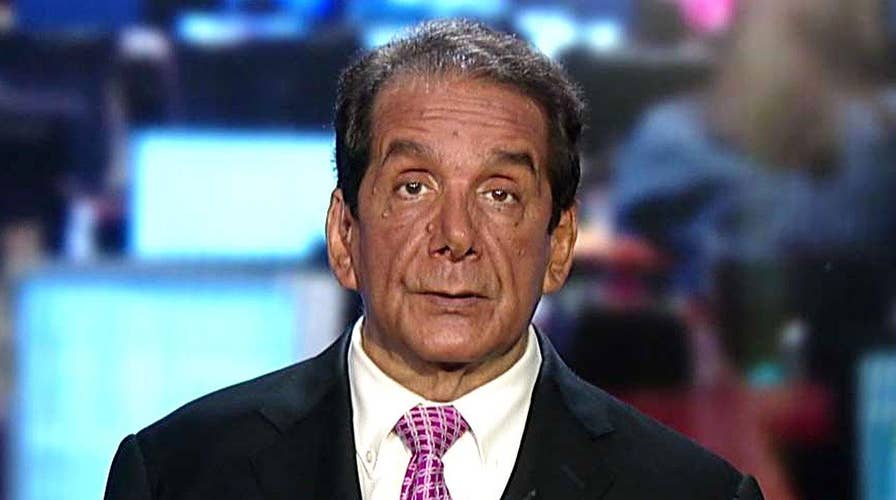North Korea nuclear threat concern remains high
Charles Krauthammer analyzes the latest on 'The O'Reilly Factor'
Kailua, a beach community on the Hawaiian island of Oahu, has everything that residents and visitors could want from a tropical paradise: exquisite beaches, crystal clear water and modern amenities. No wonder it now boasts nearly 55,000 residents and thousands of yearly tourists, including the Obamas.
But one thing this paradise doesn’t have is an adequate number of fallout shelters – there are only three with enough room for 235 people -- in case North Korea launches an intercontinental ballistic missile or nuclear attack.
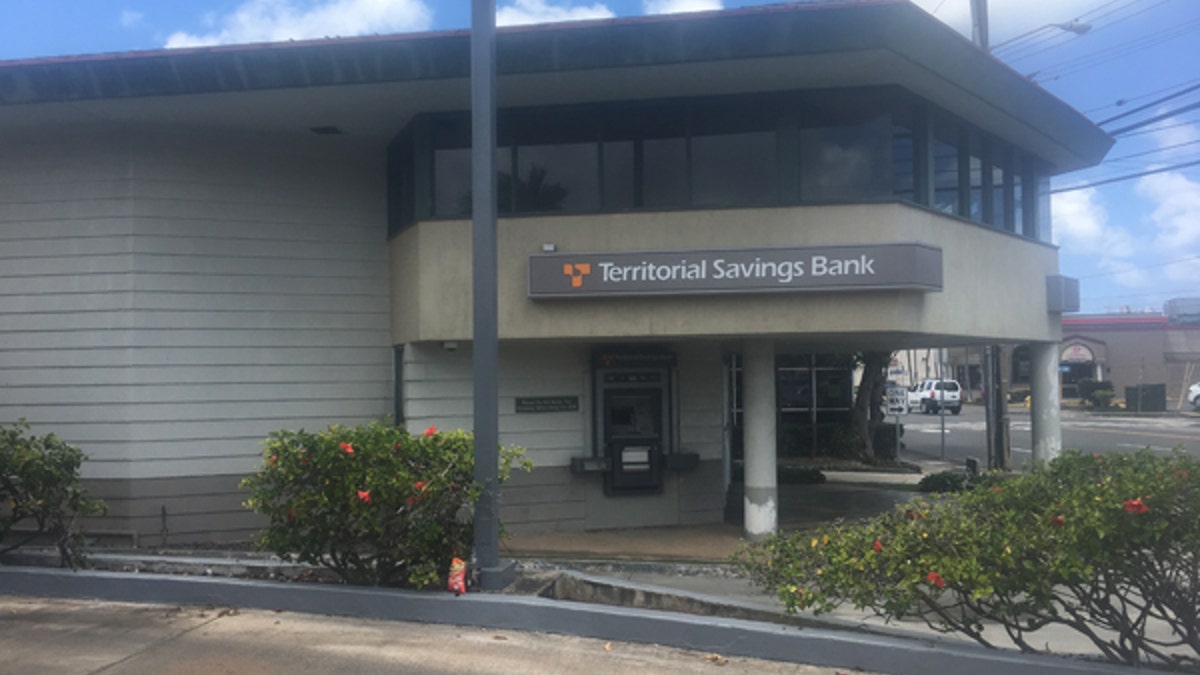
Territorial Savings Bank in Kailua town is one of the three fallout shelters listed for the 53,555 people living in this beachside community on Oahu. This is the town where President Obama stays with his family over the Christmas holiday. (Territorial Savings Bank in Kailua town is one of the three fallout shelters listed for the 53,555 people living in this beachside community on Oahu. This is the town where President Obama stays with his family over the Christmas holiday.)
The state’s emergency fallout shelter plan, not updated since the Cold War, includes a Salvation Army store, categorized as a “safe zone.” That plan is not exactly common knowledge. One of the store managers didn’t even realize the building is on the 1985 fallout shelter list and said the so-called safe area in the basement is packed with donated items.
The fallout shelter at Territorial Savings Bank, in the middle of Kailua, holds just 35 people.
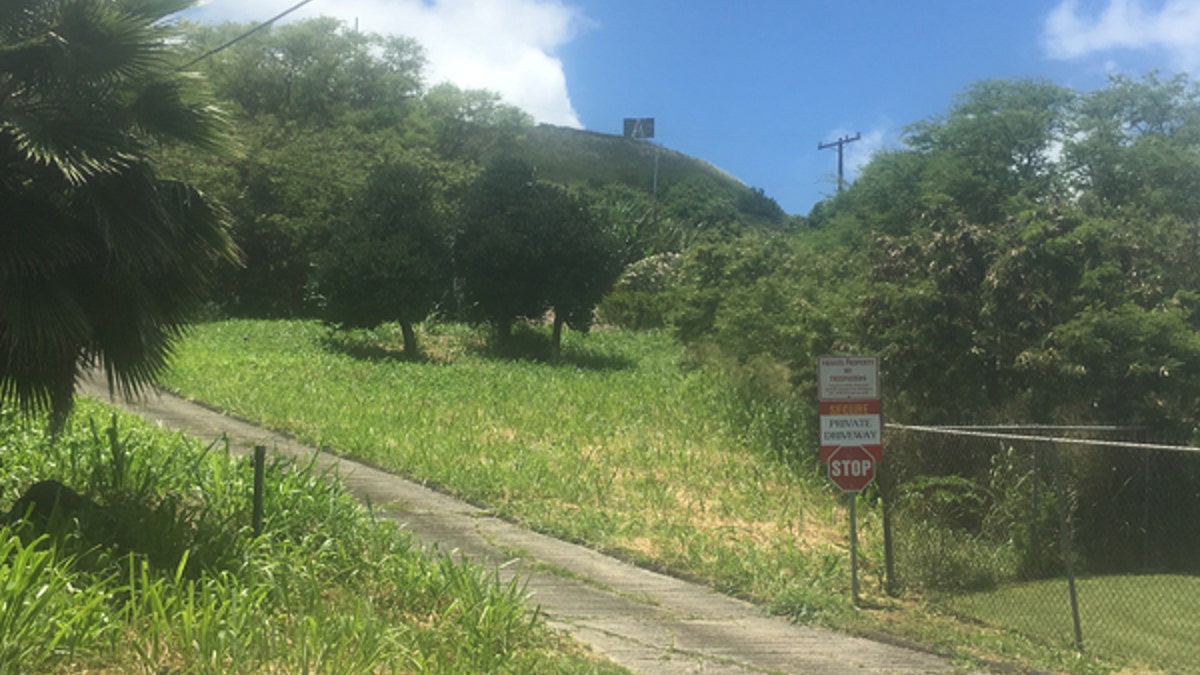
One of the state's fallout shelters is at the end of this private road. (One of the state's fallout shelters is at the end of this private road.)
A third shelter is in a cave in a mountainside accessed only through a private driveway, the entrance to which has a sign that reads “No Trespassing.” This pattern of underwhelming shelter space for Hawaii’s 1.4 million people characterizes all the state's islands.
“There is a need for state leaders to take this threat seriously. A lot has changed since the 1980s, when the emergency management plan was put in place,” Rep. Tulsi Gabbard, D-Hawaii, told Fox News. “With the threat today, it's likely we would have just minutes of warning of an imminent attack. Going to a shelter may or may not be feasible.”

Major Gen. Arthur "Joe" Logan (center), Hawaii’s adjutant general, director of the Hawaii Emergency Management Agency and director of the Office of Homeland Security, meets with emergency planning team members. (Major Gen. Arthur "Joe" Logan (center), Hawaii’s adjutant general, director of the Hawaii Emergency Management Agency and director of the Office of Homeland Security, meets with emergency planning team members.)
State lawmakers, civil defense and military leaders acknowledge there is a great deal of work to do to keep Hawaii residents and visitors safe.
“During the Cold War days, there were multiple days to warn people to hunker down into fallout shelters, whereas today, you have minutes,” Major Gen. Arthur “Joe” Logan, the state’s adjutant general, director of the Hawaii Emergency Management Agency and director of the Office of Homeland Security. “Your reaction has got to be taking care of yourself and those around you. You are now that first responder.”
Experts have said North Korea possesses, or could soon have, the capability to launch intercontinental ballistic missiles or nuclear warheads at Hawaii.
“The fact that they may have the capability makes them a threat to Americans, Denny Roy, an Asian-Pacific security expert at the East-West Center, said. “For decades we’ve known there is this very unsavory, seemingly hostile, character breathing out threats against Americans that were clearly bluffs. But once he has that capability, it is no longer a bluff.”
North Korea has tested nuclear weapons on five separate occasions, and in the last 16 months alone has conducted approximately 30 ballistic missile tests, Jonathan Pollack, interim SK-Korea Foundation chair in Korea Studies at the John L. Thornton China Center, said.
A long-range missile launched from North Korea could reach Hawaii or Alaska, according to Dean Cheng, senior research fellow with the Asian Studies Center at the Heritage Foundation. Should North Korea initiate an attack, Hawaii would have just 12 to 20 minutes to prepare, Toby Clairmont, executive officer of the department’s Hawaii Emergency Management Agency, said.
Hawaii urgently needs a radar and missile defense system located in Hawaii for the protection of Hawaii, said Gabbard.
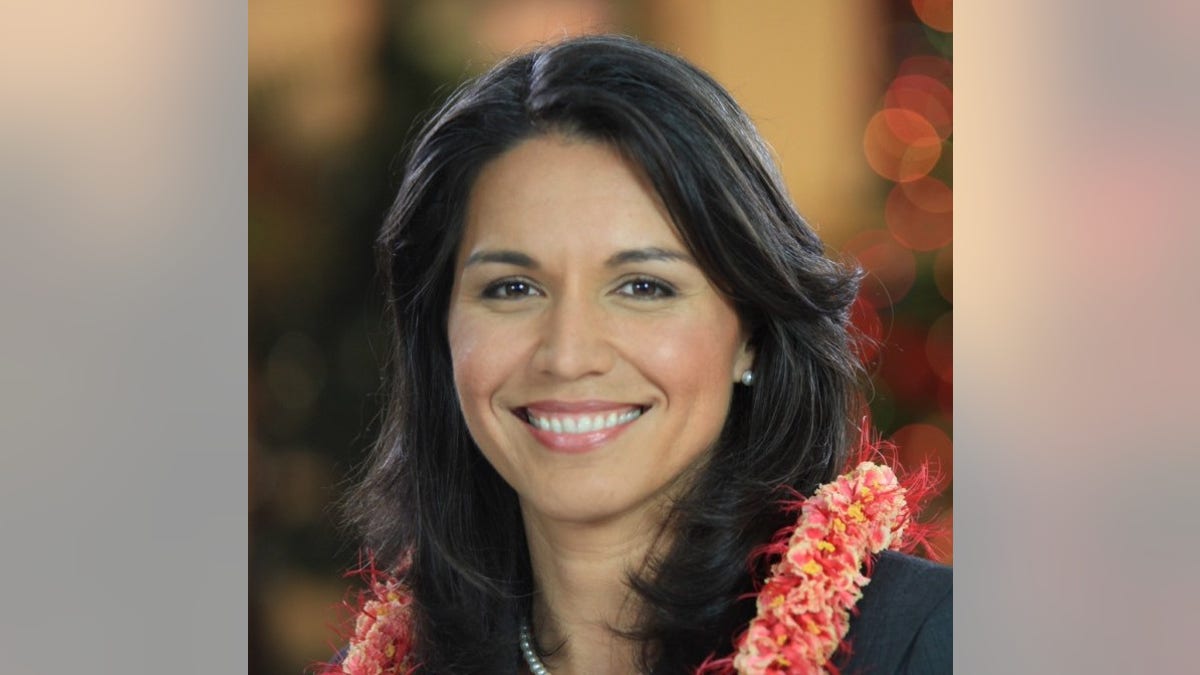
Rep. Tulsi Gabbard, D-Hawaii.
“Right now, the missile defense interceptors to protect Hawaii would come from Alaska and California. They work with a number of different radars that exist outside of Hawaii, but whose coverage includes Hawaii,” Gabbard said.
Vern Miyagi, administrator for the Hawaii Emergency Management Agency, said his agency is undertaking a campaign to educate the public about what to do during and after an attack.
People need to know "where to go, what to do and when to do it," Miyagi said.
“Get inside, stay inside and stay tuned,” Miyagi said. “Take care of yourself and know ahead of time what your plan is and what your plan is for your family.”
People who are home or in a building that is not close to a designated shelter should go to a basement, the center of the structure or behind concrete or a dirt mound, anything with density. Anyone stuck on the freeway should pull over and get behind their car.
“The worst thing people can do is to take the freeway. They should shelter in place nearby,” said Panos Prevedouros, a world-renowned transit expert and professor of engineering at the University of Hawaii.
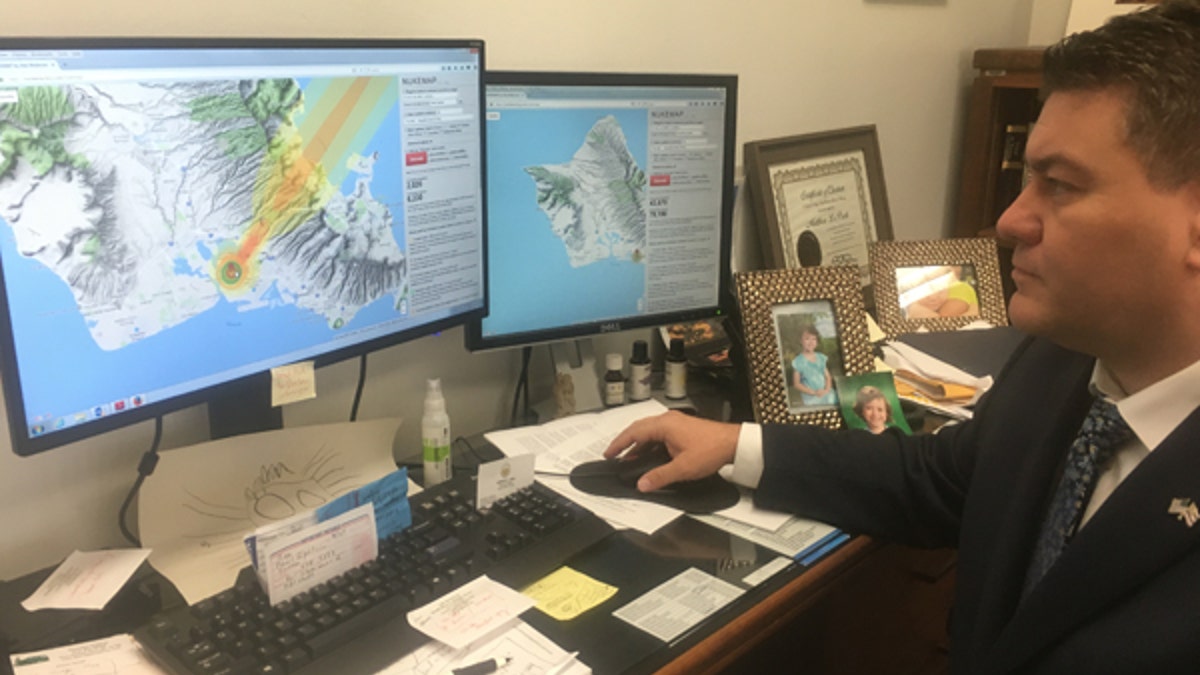
Rep. Matt LoPresti, a Democrat who is vice chair of the House Public Safety Committee and whose district in West Oahu is among many in the state with no designated shelters. (Rep. Matt LoPresti, a Democrat who is vice chair of the House Public Safety Committee and whose district in West Oahu is among many in the state with no designated shelters.)
Everyone outside should head inside to survive the initial blast, and plan to remain in place for two weeks as toxic ash rains down, experts say.
“At first it is all about 'What I am going to do to protect my life?' and later it is about 'Where can I go to protect myself from effects like fallout?' which could begin hours later because it can flow so high in the sky,” said Clairmont.
State house lawmakers are asking emergency management planners to inspect existing shelters, identify new ones and stock them with supplies.
“One of the reasons we need the fallout shelters is not just to have a place to go to survive, but a place to go to be found and rescued,” said Rep. Matt LoPresti, a Democrat who is vice chair of the House Public Safety Committee and whose district in West Oahu is among the many in the state with no designated shelters.
People in Hawaii must prepare for tsunamis, hurricanes and even earthquakes that threaten the islands. The first thing that happens in lieu of a disaster is gas stations are depleted of gasoline and propane, and stores run out of bottled water, batteries, toilet paper, spam, rice, fresh produce and emergency generators.
“Each family has to have a plan for their own safety until the cavalry arrives and should always have supplies at hand,” LoPresti said.
There are other considerations, such as lack of hospital beds, an alternative harbor to offload food since there is just a four-day food supply and what to do with Hawaii’s booming homeless population.
“Emergency preparation is so much more important for an island state,” LoPresti said.




















